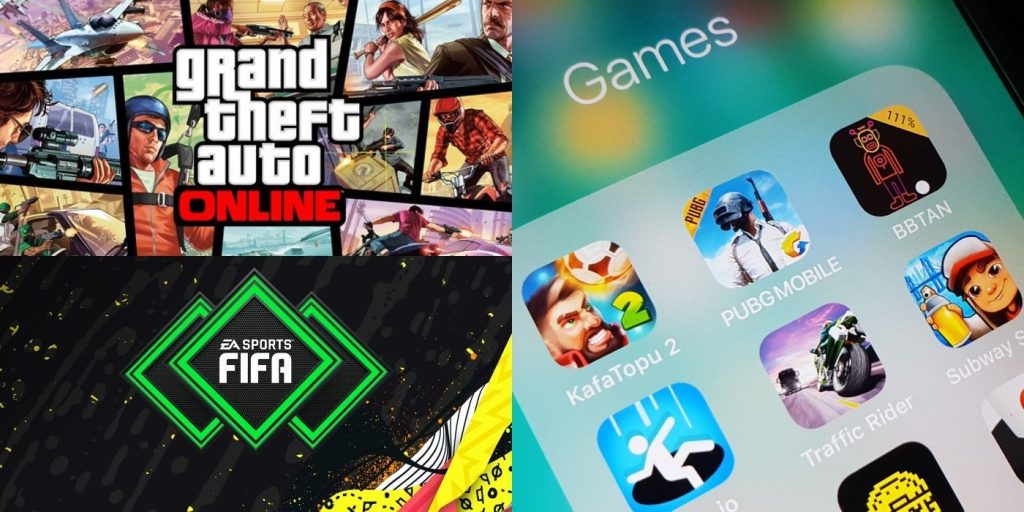
In the ever-evolving landscape of the gaming industry, the integration of microtransactions has become a prominent feature in many modern games. From their humble beginnings to their current controversial status, gaming microtransactions have undergone significant changes. This article explores the trends and criticisms surrounding the evolution of gaming microtransactions.
1. Early Days: Unlockable Content
In the earlier days of gaming, the concept of microtransactions was relatively unheard of. Players relied on traditional methods to unlock additional content within a game, such as achieving high scores, completing challenging levels, or participating in in-game events. These unlockables added longevity and replay value to games while rewarding players for their skills and dedication.
2. Introduction of DLCs
As technology advanced and games became more immersive, developers started introducing additional downloadable content (DLC) to extend the lifespan of games. DLCs allowed players to access new levels, characters, storylines, and cosmetic enhancements for a separate cost. This marked the initial steps towards the monetization of gaming beyond the initial purchase.
3. Rise of Free-to-Play Models
In recent years, free-to-play (F2P) models have become increasingly popular. F2P games are made accessible to a broad range of players without any upfront cost but instead rely heavily on microtransactions to generate revenue. These transactions typically offer cosmetic items, power-ups, or shortcuts to enhance the gaming experience. The free-to-play model allows players to decide how much they are willing to invest in the game based on their preferences and engagement level.
4. Controversial Loot Boxes
Loot boxes are a form of digital gambling that gained significant attention in the gaming industry. They are virtual crates that contain randomized in-game items, which players can acquire through microtransactions. The unpredictable nature of loot boxes, akin to slot machines, raised concerns regarding their potential association with gambling addiction, particularly among vulnerable populations. Governments and regulatory bodies across the globe have debated their legal and ethical implications.
5. Criticisms of Pay-to-Win Mechanics
One of the most common criticisms of gaming microtransactions revolves around the presence of pay-to-win mechanics. Pay-to-win games allow players to gain a competitive advantage over others by purchasing in-game items or abilities that significantly impact gameplay. This approach creates an imbalance, favoring players with deeper pockets rather than skill or dedication. Critics argue that pay-to-win mechanics undermine fair competition and create a barrier for players who cannot afford to keep up financially.
6. Balancing Monetization and Player Experience
The monetization of games through microtransactions requires a delicate balance between generating revenue and providing an enjoyable gaming experience. Game developers face the challenge of finding the sweet spot where players feel motivated to make purchases without feeling exploited or cheated. Transparent pricing, clear value propositions, and the inclusion of non-essential items are some of the strategies employed to maintain a positive relationship with players.
Conclusion
The evolution of gaming microtransactions has brought both benefits and controversies to the industry. While microtransactions allow for ongoing development and support of games, players and regulators remain vigilant about potential abuse and exploitative practices. Striking the right balance between monetization and player satisfaction is vital for the sustainability and growth of the gaming industry.


